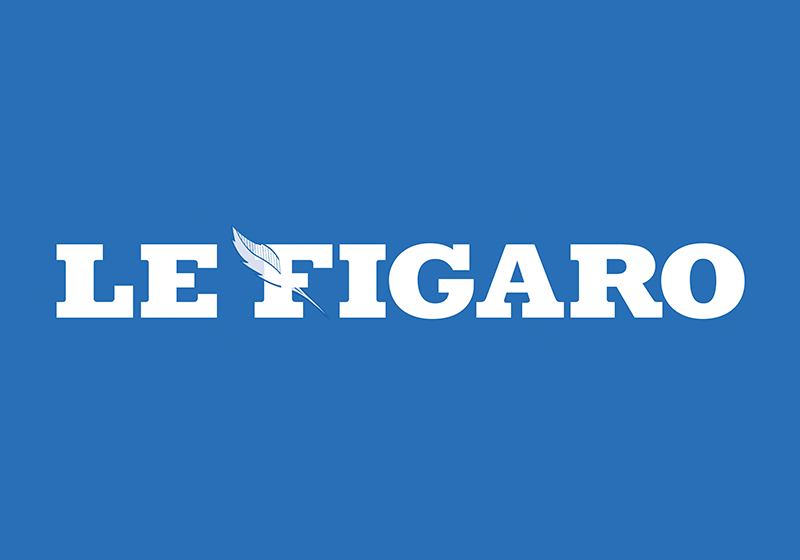Table of Contents
We begin our series on the world’s great newspapers with France’s oldest newspaper of record, Le Figaro, the product of post-revolution Paris.
Founded in 1826, Le Figaro began life as a weekly satirical newspaper for intellectuals and scholars (its name, and its motto –“Without the freedom to criticise, there is no flattering praise” – come from Beaumarchais’s play The Marriage of Figaro). The paper only become a daily 40 years later, at a time of revolution, extremism and censorship.
During the Paris Commune of 1871, which it opposed, Le Figaro was closed down by the revolutionary government. This event became a founding myth, shaping a conservative editorial line that appealed to the educated, the aristocracy and the bourgeoisie.


By the end of the Second World War, Le Figaro was France’s bestselling daily. Today, with a circulation of around 350,000, it has slipped to second place behind Le Monde, but can still boast the most visited news website in the country, with more than 23 million unique visitors a month.*
Over the past 150 years, Le Figaro has published contributions from literary giants such as Emile Zola, Marcel Proust, André Gide and Jean d’Ormesson – hence its reputation as the house journal of the Académie française. But over the years, the newspaper has also provided a platform for more avant-garde artists, including Filippo Tommaso Marinetti, who in 1909 published the first Futurist manifesto in its pages.

An anatomy of Le Figaro
Like most other French dailies, has switched from broadsheet to Berliner (470 x 320 mm). As we explained in our earlier article on newspapers, the broadsheet format, which is traditionally associated with authoritative titles, is being abandoned by many in favour of smaller formats like the Berliner, which size-wise is halfway between a broadsheet and a tabloid.
Until recently, Le Figaro’s masthead consisted of a blue banner over which the newspaper’s name was written in a white slab serif (AKA Egyptian) font that harks back to a pre-digital era.
The latest rebrand, which brought more visual consistency across print and digital editions, dispensed with the banner but kept same font for the lettering, which is now blue. Some designers have argued that the blue banner overshadowed the typography and lessened the overall impact of the masthead; indeed, for the newspaper to maintain its authority, Le Figaro’s masthead must standout on the front page.

In its latest iteration, the front page features one large photograph and three columns for articles, plus another column on the left that serves as a sort of contents for the paper.
The blue colours convey a certain type of conservative thinking, and contrast with the red often favoured by leftwing publications.
Visual cues (font, colours, image types) and the tone of voice used in headlines give readers an idea of a newspaper’s political slant.
A fresh look for the Internet age
Over the past 15 years, Le Figaro has undergone various makeovers designed to make the paper more readable and engaging for audiences used to getting their news online and the skim reading this entails.
In 2013, the layout was tweaked by increasing white space and the headline style was made more uniform across print and digital editions.
Further changes have been made in the past two years, most notably the ditching of the blue banner from the masthead, which gives it more room to breathe.
More generally, the graphics have been streamlined: the grey boxes and extra-bold fonts have given way to a cleaner, less cluttered look that highlights headlines.

Great European papers are still going strong
Le Figaro is one of France’s newspapers of record, and so far it has successfully weathered a tumultuous period in news journalism and continued to post respectable sales numbers.
It just goes to show that when they maintain their authority and resist the urge to follow fads and fashions,, great newspapers can hold their own in the digital age.




* Data provided by the Dassault Group, owner of the Figaro Group (https://www.dassault.fr/subsidiaries/le-figaro)

